Apple iPhone 11 Pro and Pro Max Review
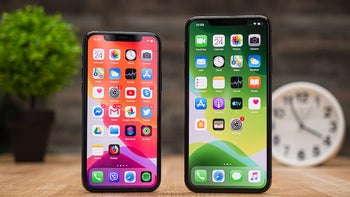
What would make you buy a new phone?
A better screen? Most phones have solved this with OLED display technology a few years ago. A faster processor? Sure, but all phones these days have ridiculously fast processors. A better camera? That's a big one for some people, memories do matter. But after living with the new iPhone 11 Pro series, the one thing we are impressed most with is actually quite simple: those iPhones won't die on you before you get home from work. Yes, they are slightly thicker (you probably won't even notice), but they last a LOT longer.
No more running around with a ridiculous battery case, no more trying to find that power outlet at the airport. And when you get low on juice, you have a fast charger in the box that would give you a 50% charge in just half an hour. Apple should have done this a long time ago.
As for all the rest, let's talk it up in the full review.

TL;DR
| Contents | Main takeaways |
|---|---|
| Design | Both new Pro iPhones feel premium with a solid construction and a polished stainless steel frame. The iPhone 11 Pro is pleasingly compact, while the Max is on the bigger side and it’s also one of the heaviest big phones out there. |
| Display | The OLED screens are the main reason why you should buy these over the cheaper iPhone 11. Those screens look great with stunning colors. Pro features like higher refresh rates, however, are missing. |
| Camera | The new triple camera is the most versatile yet in an iPhone. Ultra-wide camera captures a lot more in a single shot. The big improvements, however, are not mentioned in specs: the main camera captures much sharper images, it supports night mode and video is the best you can capture on a phone. |
| Performance | The new A13 chip is much faster than the Snapdragon 855 on most Android rivals. It ensures buttery smooth performance in daily tasks and that speed is what allows iPhones to receive updates for much longer. |
| Battery Life | Arguably, the biggest upgrade from the XS series. The new iPhones have nearly 30% better battery life than the XS series. |
| Conclusion | These new iPhones are excellent. The battery life and better camera are the most noticeable improvements. The prices, however, are still a lot higher than the competition. |
What's inside the box:
- iPhone
- 18-watt Fast Charger (Finally!)
- USB-C to Lightning cable
- Apple EarPods (with Lightning connector)
- SIM tool
- User Manuals
- Apple decals
Design, Sizes and Colors
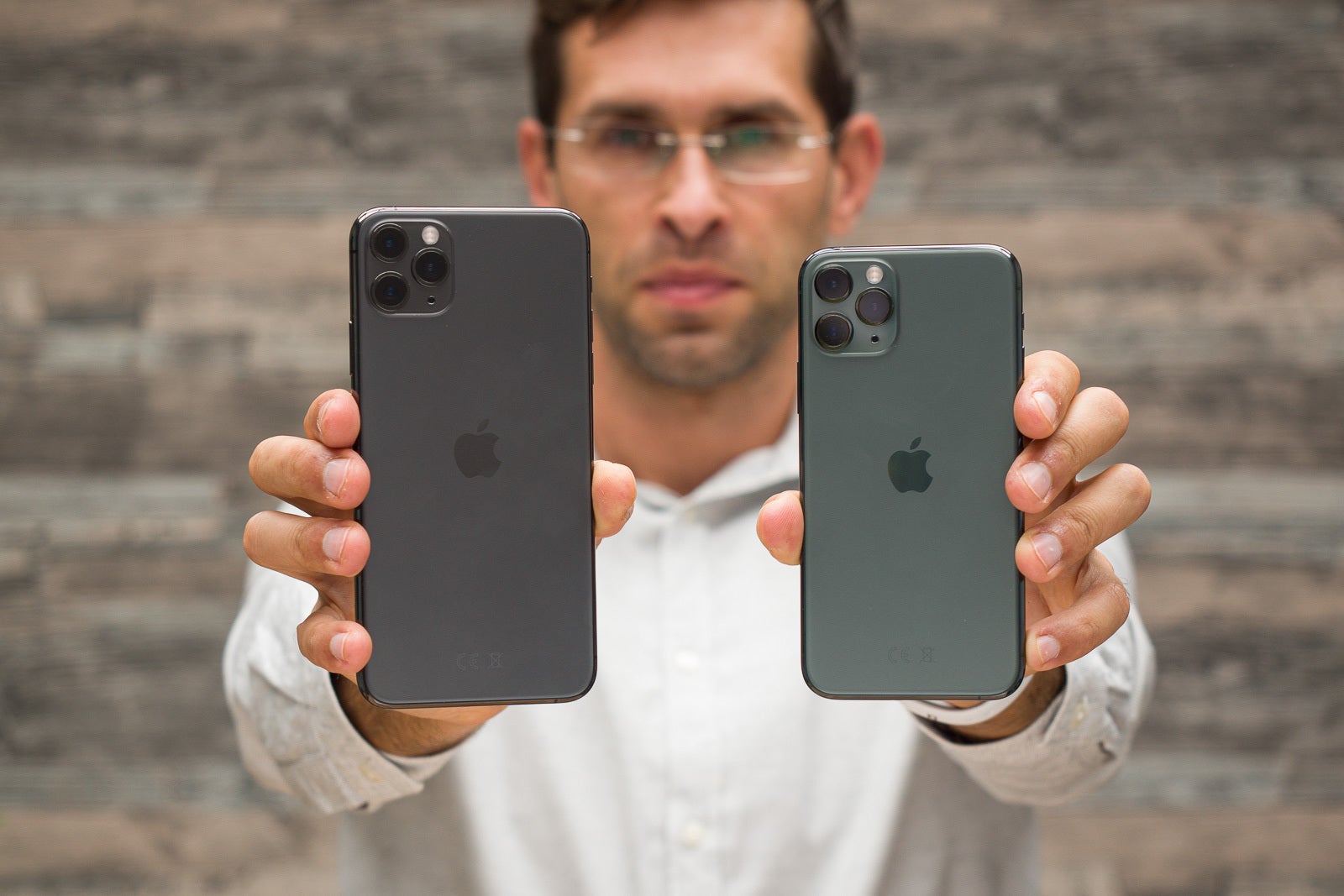
After using these iPhones for a while, I don't quite feel that naming them "Pro" does them justice. They are not "professional" in any obvious way, they can't do anything extraordinary that you cannot do on other phones, but what they feel like for sure is "Luxury". The stainless steel frame gives the Pro series a luxurious feel in the hand and it's a beautiful mirror-like finish that looks exquisite.
The other thing about the Pro iPhones is their size: the more affordable iPhone 11 is a wide phone that is a bit too wide for a comfortable grip, while the 11 Pro is just the right compact size that you can operate with one hand. It's also one of the most compact phones that you can get today, and while we are obviously not getting an iPhone SE 2, this is the closest you can get to it. The larger 11 Pro Max, on the other hand, is best for productivity and enjoying media on a larger screen.
And then, there are the colors: you have four color options this year. All Pros come with a frosted glass back, a change from the glossy glass on the XS series. The best thing about this finish is that you can't see fingerprint smudges on it and it just looks clean. I also find the matte finish more comforting to touch. The new colors all look a bit more muted and not quite as intense: the "Midnight Green" option is the new one, and it deserves its popularity, it's just a very nice seafoam, pastel shade of green that looks good from different angles. The gold option is not as gaudy as last year, although the shiny stainless steel frame still looks a bit too extravagant. The silver and space gray options are also available.
Display
A better screen than on the XS series: it gets brighter outdoors and dimmer at night
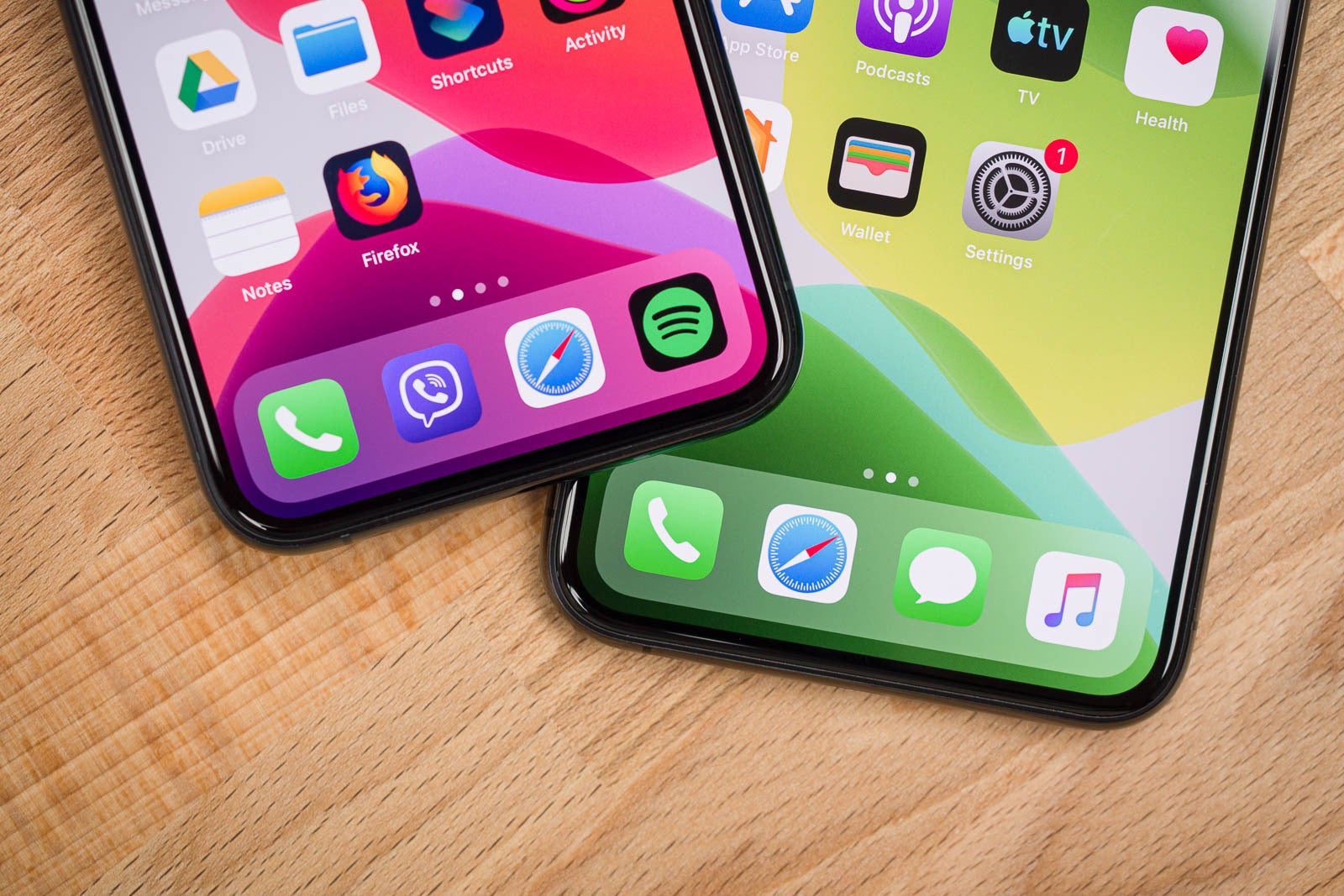
The 11 Pro and the Max have the same screen sizes and the same notch as on last year's XS phones: the 11 Pro features a 5.8-inch screen with a slightly higher than Full HD resolution (1125 x 2436 pixels), while the Max sports a larger, 6.5-inch display that is similarly sharp (1242 x 2688 pixels).
But these are better screens that get brighter than before, consume 15% less power, and have a higher contrast. The brightness goes up to 800 nits when you are outdoors, so you can better see the screens on a sunny day, and indoors, it can go up to 1200 nits when you watch a movie for a more vivid experience. We did not think this would be a big difference compared to last year's XS, but it is. When you look at the two side by side, the difference is easy to spot and this new screen truly takes things to the next level. And the difference is even more striking when you compare it against the LCD screen on the regular iPhone 11.
One thing that has disappeared is 3D Touch. The premise of 3D Touch was simple: it could tell between a light touch and a harder press on the screen. Unfortunately, the idea never caught up: there was no indication which apps supported 3D Touch and the more affordable iPhones did not support it. Now, it's completely gone and replaced by Haptic touch, or basically a long press. If that helped free up space for a larger battery, we are all up for it.
Back to top
Face ID
Improved, but you still cannot unlock your phone if it's sitting flat on a desk
Face ID is now also faster and works at a wider angle. Apple keeps on iterating with Face ID and you can definitely see how it has improved in a big way from the first implementation in the iPhone X. It's not perfect yet, though, and if you thought that you will be able to unlock your phone by just looking at it when it's laying flat on a table... well, it won't work. In our experience it works at about 45-degree angle, but not more.
iOS 13
Dark mode, swipe keyboard and more

iOS 13 comes pre-loaded on these new Pro series iPhones and it brings a dark mode that turns background in apps to black and is easier on the eyes at night, plus it helps save battery; then, you also get a swipe typing in the keyboard, years after rival Android phones, but it's still nice to have.
You can read all about iOS 13 and all of its new features in our dedicated article here, but what we want to say is that this software definitely feels a bit unfinished: the camera froze on us quite often, for example.
We did not have any other app crashing on us, but you should know that Apple expects to resolve all issues with iOS 13 via a software update that is coming mere days after the launch of the phone.
That update, iOS 13.1, will deliver that bug-free experience that you would expect from a flagship phone.
Camera
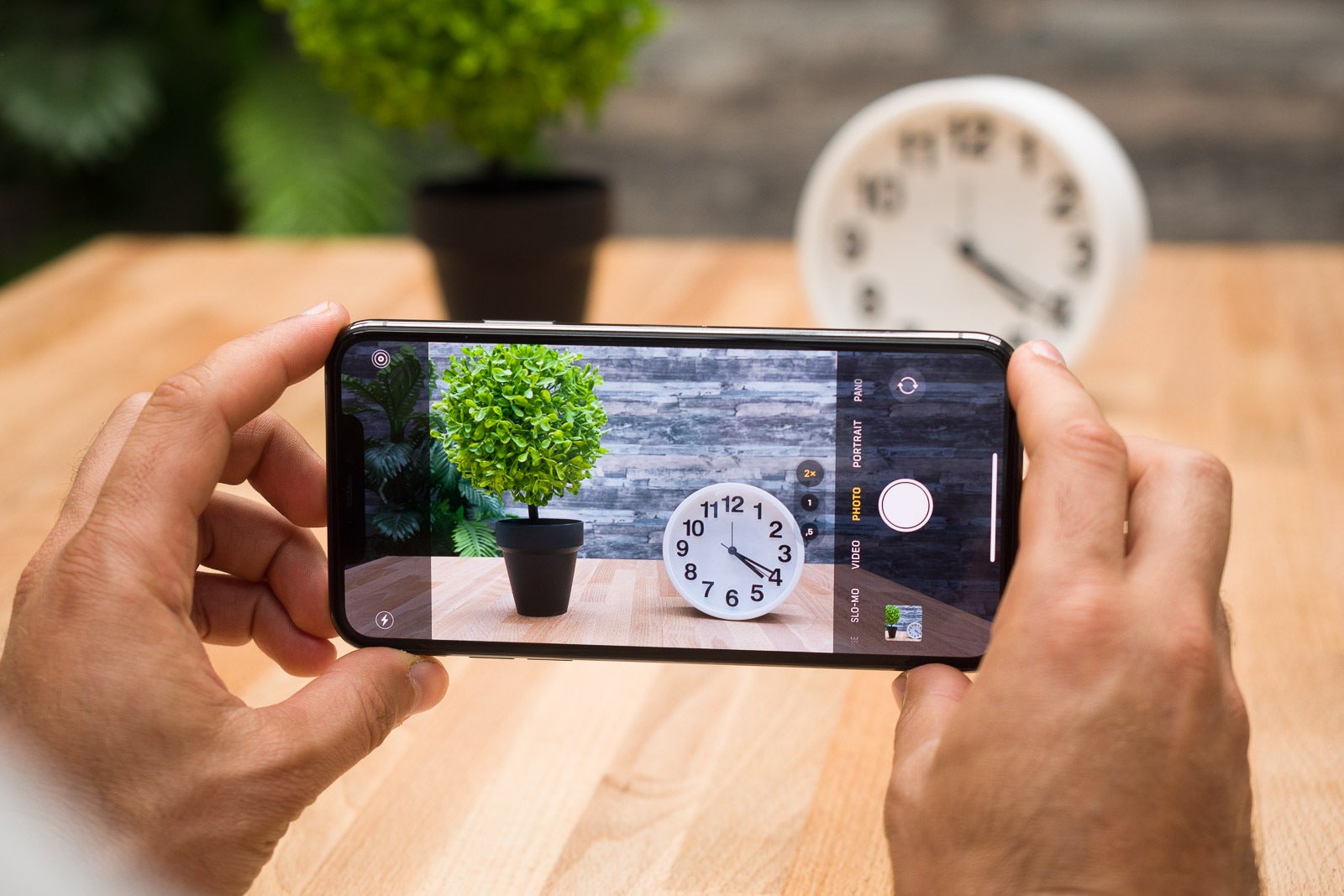
In the past few years, the iPhone has had some serious competition when it comes to camera quality: the Google Pixel phones, Samsung’s Galaxy series and most recently, Huawei, have all offered innovative features and additional camera lenses that the iPhone simply did not have.
The iPhone 11 Pro is in many ways Apple’s response to all those cool features that competitors have had for years: it finally adds a third, ultra-wide camera to the mix to match the versatility that the others offer, it finally introduces Night Mode, but it also improves the photo and video quality in ways that you will not see on the specs sheet.
- 12MP main (wide) camera, 26mm lens with f/1.8 aperture, new sensor, OIS, 100% Focus Pixels
- 12MP telephoto (2X zoom) camera, 52mm lens with f/2.0 aperture, OIS
- 12MP ultra-wide camera, 13mm lens with f/2.4 aperture, no OIS (but not needed)
- 12MP front camera
Image Quality
So how do the actual images turn out?
The answer is: great, actually! The new Pro series have consistent colors across all three cameras, and images overall look sharper and have a lot more detail than before.
Night Mode
One of the most exciting new features on the 11 Pro series is Night Mode. Apple is the last one to the game with Night Mode, but after using it for a while, we can say that it gets the complexity out of the way. While on other phones you have to remember to turn on Night Mode, switch to a different mode and wait for quite a long time for a photo to be captured, here, it's all automatic and quicker than on phones like the Huawei series or the Galaxy S / Notes. You have the option to customize Night Mode (select a longer exposure) and if you place the phone on a tripod, it will understand that and take an even longer exposure of up to 30 seconds, so you can even do astrophotography on your new iPhone.
Portrait
One of the most exciting new features on the 11 Pro series is Night Mode. Apple is the last one to the game with Night Mode, but after using it for a while, we can say that it gets the complexity out of the way. While on other phones you have to remember to turn on Night Mode, switch to a different mode and wait for quite a long time for a photo to be captured, here, it's all automatic and quicker than on phones like the Huawei series or the Galaxy S / Notes. You have the option to customize Night Mode (select a longer exposure) and if you place the phone on a tripod, it will understand that and take an even longer exposure of up to 30 seconds, so you can even do astrophotography on your new iPhone.
Portrait

Notice how the iPhone has trouble with glasses in portraits
Portrait mode now works with both the main and the telephoto cameras on the 11 Pro series. Previously, you could only take portraits with the telephoto camera, which did not do a great job in low light, and we are happy that Apple now allows the main camera to be used for portraits for those more challenging shots.
One thing we did notice, however, is that edge detection is still not great on the 11 Pro series. This is particularly noticeable when you are taking a picture of someone wearing glasses, as you see in the example above, but also hair detection is far from perfect yet.
Front camera
The front camera on the new iPhones has also improved and it captures very sharp and good looking photos most of the time. We are particularly impressed with the newly added capability to record 4K video with the front camera. It looks exceptionally detailed and clear. We did, however, notice something weird: skin tones in some photos look very orange-y, which can ruin a picture. Take a look at a few examples below:
And you can find even more photos from the cameras on the iPhone 11 Pro series right below:
Video quality

Apple has done a bunch of things to improve video as well with a new Extended Dynamic Range (or XDR) feature that actually secretly captures a higher frame rate, then analyzes the extra frames and combines them into one. This is a chip-dependent operation only possible thanks to the high-performance A13 chip and it delivers a cleaner and sharper video in both day, but especially at night.
Another key improvement in video recordings is the stabilization which now seems almost gimbal-like and allows you to shoot even in a fast moving car without too much jitter. Compared to rivals like the Galaxy series where you have the Super Steady mode, here you don't lose that much in terms of quality, so footage still looks extremely clean.
One complaint we have about the video app is that there is STILL no way to select different video resolutions in the camera app and you have to open settings and switch to 4K or 1080p or 720p from there, which is just annoying.
Surround Sound
There is a new Surround Sound system on the Pro series iPhones that delivers "spatial audio" better optimized to properly fill a larger space and give you more volume. We compared it against the XS series and there was indeed an improvement, but it wasn't the easily noticeable difference that you have with screen quality, it was a more subtle, nuanced difference. Put shortly, it's better, but not by much.
Compared to other phones like the Galaxy series for example, we noticed that iPhones are able to deliver a deeper sound with a bit more bass to it, but the higher tonalities are not quite as loud. This gives you a bit of a "fuller" sound in most cases.
Hardware, Performance and Benchmarks
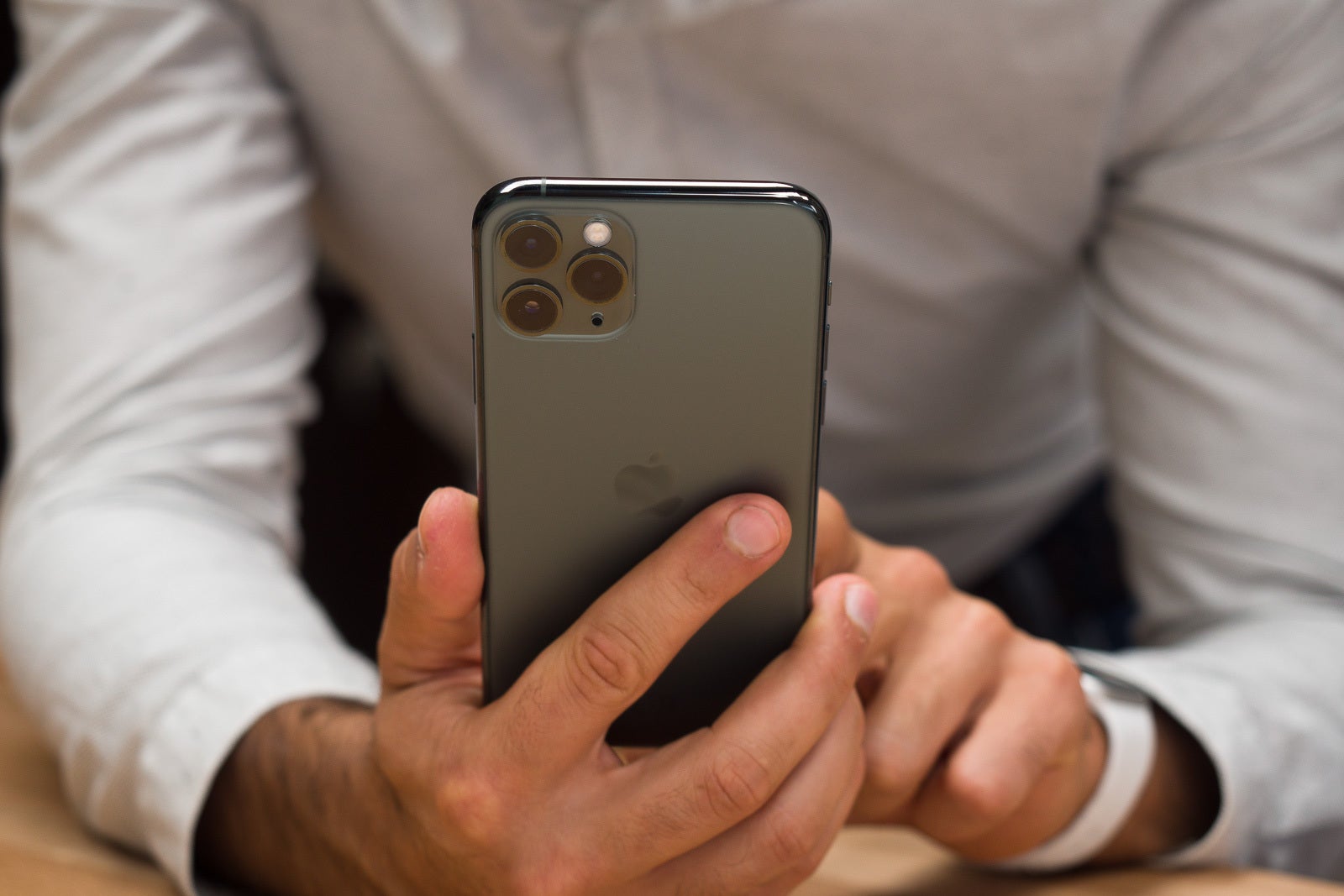
The new Apple A13 Bionic chip inside the iPhone 11 Pro is an absolute beast. This is the fastest chip you can get on any smartphone in late 2019, beating the Snapdragon 855 by a sizable margin.
The improvements are in both performance and power efficiency: you get a 20% boost in performance and up to 40% boost in efficiency for both the CPU and GPU. You can read a lot more in our detail dive in the A13, or you can check out the main highlights below.
- CPU and GPU up to 20% faster performance, 40% better power efficiency
- It has 8.5 billion transistors
- Uses advanced, second-generation 7nm process
- It features 4-efficiency CPU cores, used most of the time to get great battery life
- Hundreds of voltage domains, turning only select parts of the chip to achieve great efficiency
- Machine learning, capable of 1 trillion operations per second
Benchmarks
The Apple A13 Bionic is fast, but you don't quite appreciate how fast until you start using the phone for games and heavier applications. To see the bump in speed in numbers we turn to benchmarks:
Storage
The base iPhone 11 Pro and Pro Max models both start at just 64GB of storage, with no microSD card slot available, so there is no way to expand the existing storage. Apple is the only company to ship a flagship phone with just 64GB of storage in late 2019 and this is not really okay: 64 gigs is enough in the beginning, but after a few months, photos and videos start to pile up and many users will find themselves in need of more space. If you are a "Pro" user as Apple suggests, it's very likely that you will need a lot more storage.
That is why we recommend getting the Pro phones with either 256GB or 512GB of storage. Apple, however, charges a huge amount of money for those models:
- iPhone 11 Pro 64GB: $1,000
- iPhone 11 Pro 256GB: $1,150 (+$150)
- iPhone 11 Pro 512GB: $1,350 (+$200)
That's a lot of money for extra storage and we just feel like Apple is being a little cheap with the base 64 gig option it offers.
Battery Life
We have already made it clear that the battery life on the new iPhones has improved in a huge way.
The official numbers say that you get a more than 30% improvement in video playback time. We are doing an extensive set of battery tests to give you a full picture of the battery performance, but for the moment, we can say that real life use proves these phones rank among the longest lasting.
The iPhone 11 Pro will get you through even the longer days, while the iPhone 11 Pro Max is an absolute champ that might give you an average of 2 days if you don't use it way too much.
Finally, Apple also includes a fast charger in the box with these iPhones, so you don't have to spare extra cash on one. The 5-watt adapter that it shipped the XS series with would charge them in more than 3 hours, which basically meant that if you forget charging your phone overnight, you were in tough luck the next day. This has changed now and here are the charging speeds that you get with these new chargers:
- in 15 minutes: 28% charge on 11 Pro / 24% charge on 11 Pro Max
- 30 minutes: 55% Pro / 47% Pro Max
- 45 minutes: 74% Pro / 70% Pro Max
- 1 hour: 85% Pro / 82% Pro Max
- 1 hour and 15 minutes: 94% Pro / 90% Pro Max
- 1 hour and 30 minutes: 98% Pro / 95% Pro Max
- 1 hour and 42 minutes: FULL Charge on iPhone 11 Pro
- 1 hour and 57 minutes: FULL Charge on iPhone 11 Pro Max
Conclusion
And when compared with the rest of the market, the "Pro" name is not quite justified: these iPhones lack a super-zoom camera that we have on Huawei phones, they lack the 90-hertz super fast refresh rate of the OnePlus, or the super fast charging rates that we get on other phones. Maybe semi-Pro? I guess that wouldn't sit all that well in an Apple Store.
And while they may not feature the most cutting-edge innovation, the iPhone 11 Pro series are beautifully conservative. These are not your first-gen products with pop-out cameras or folding screens that you are not sure will survive over the long term. These are a familiar product that you are comfortable with and not necessarily want to fundamentally change, just improve iteration after iteration.
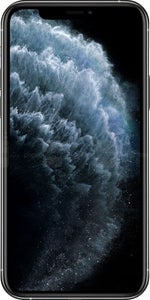
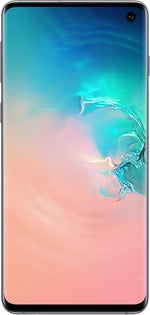

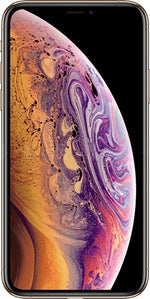




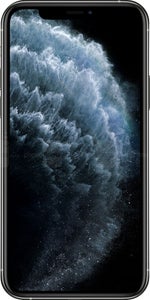
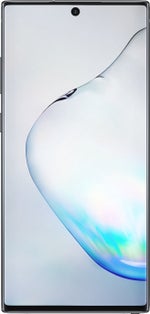
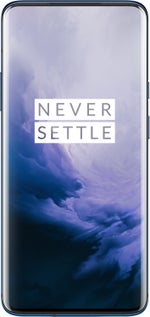
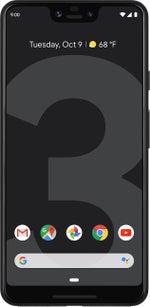





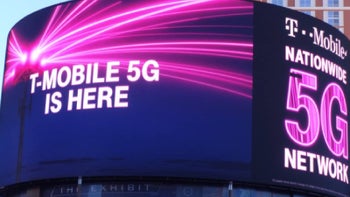
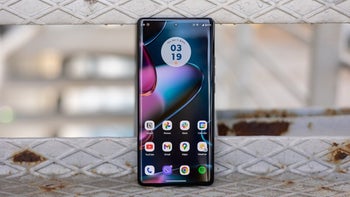
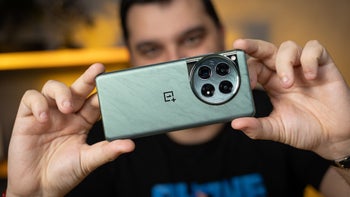
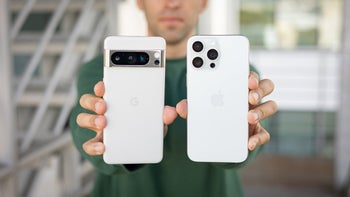
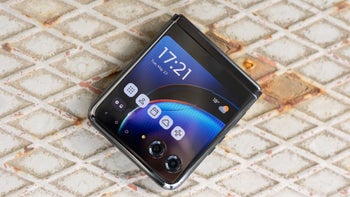
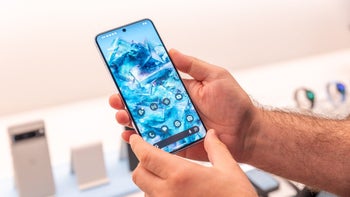



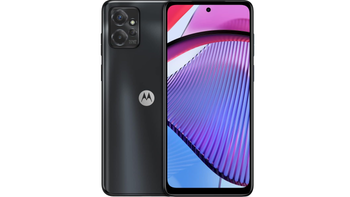








Things that are NOT allowed: